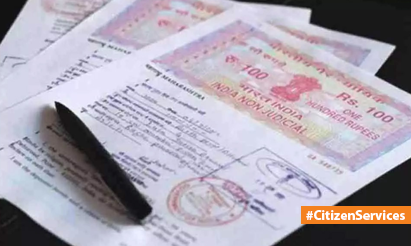PAN Card Explained: A Complete Overview!
PAN (Permanent Account Number) card is a unique identification number issued by the Income Tax Department of India. It serves as a proof of identity and is required for various financial transactions in the country. The PAN card consists of a ten-digit alphanumeric number that is unique to each individual or entity holding it.
The primary purpose of the PAN card is to track financial transactions and prevent tax evasion. It is mandatory for individuals and entities to quote their PAN number for certain transactions, such as filing income tax returns, opening a bank account, purchasing or selling assets, making investments, and conducting business transactions above a specified threshold.
The PAN card contains essential information about the cardholder, including their name, date of birth, photograph, and signature. The card also mentions the PAN number, which remains the same throughout the individual’s lifetime, even if they relocate or change their name.
To obtain a PAN card, individuals can apply through the official website of the Income Tax Department or designated centers. They need to fill out an application form, submit necessary documents such as proof of identity, address, and date of birth, and pay the required fee. Once processed, the PAN card is issued and sent to the applicant’s address.
It’s important to note that PAN card is specific to India and is not applicable to individuals or entities outside the country.
Disclaimer: The views expressed above are for informational purposes only based on industry reports and related news stories. PropertyPistol does not guarantee the accuracy, completeness, or reliability of the information and shall not be held responsible for any action taken based on the published information.




